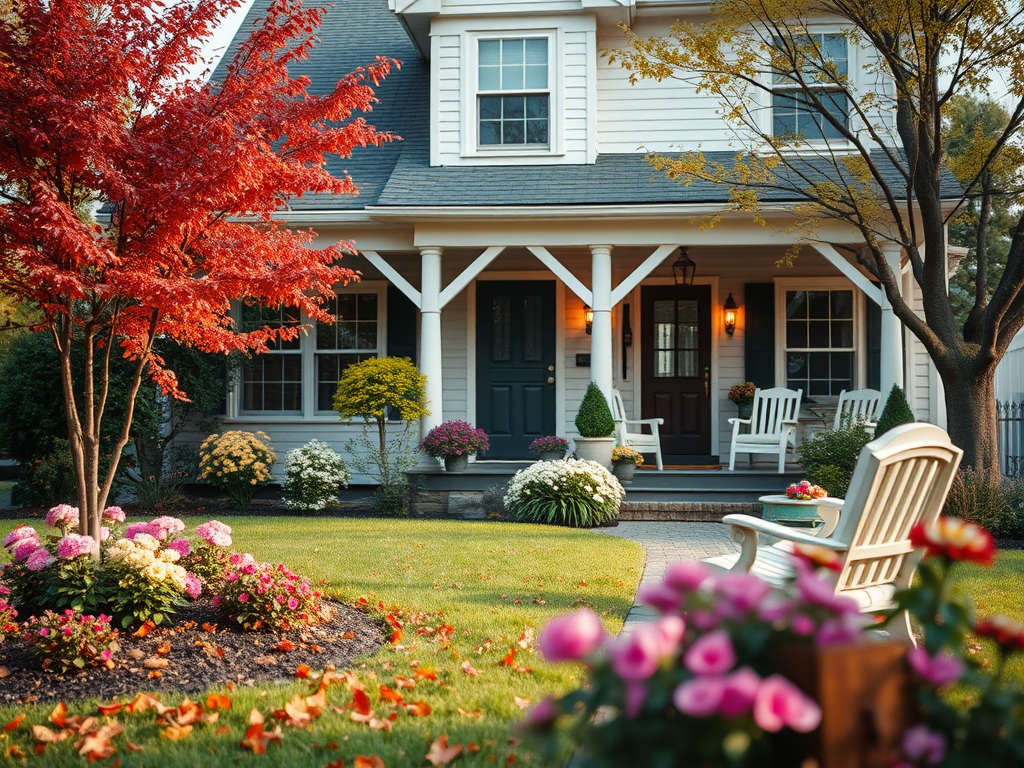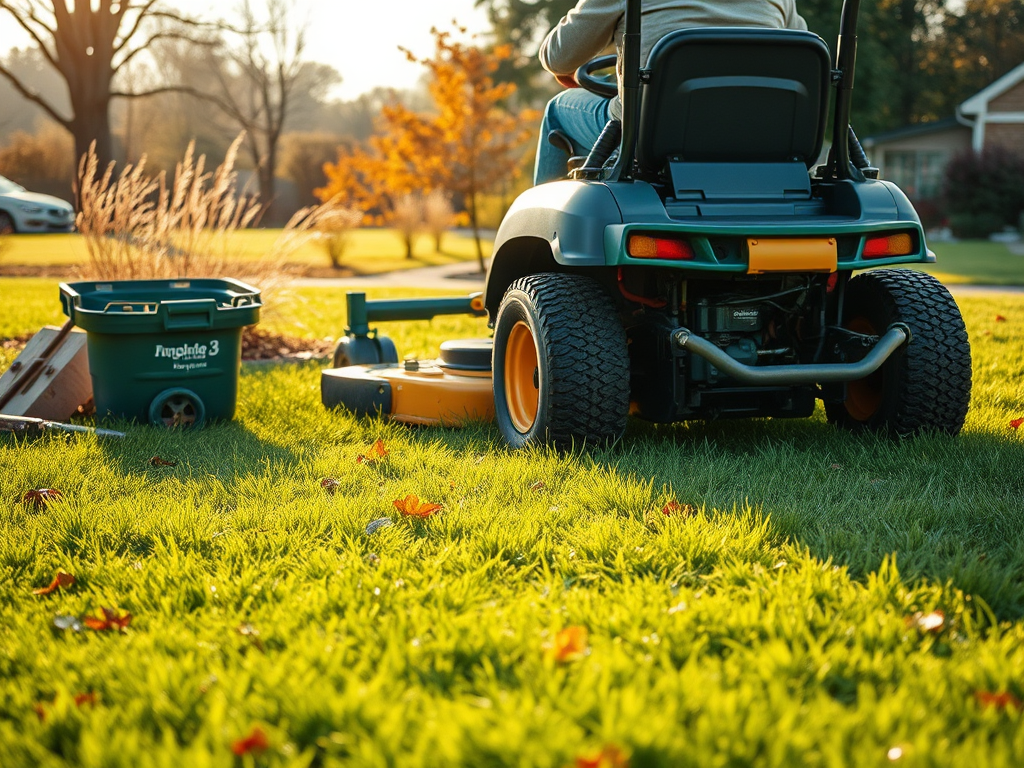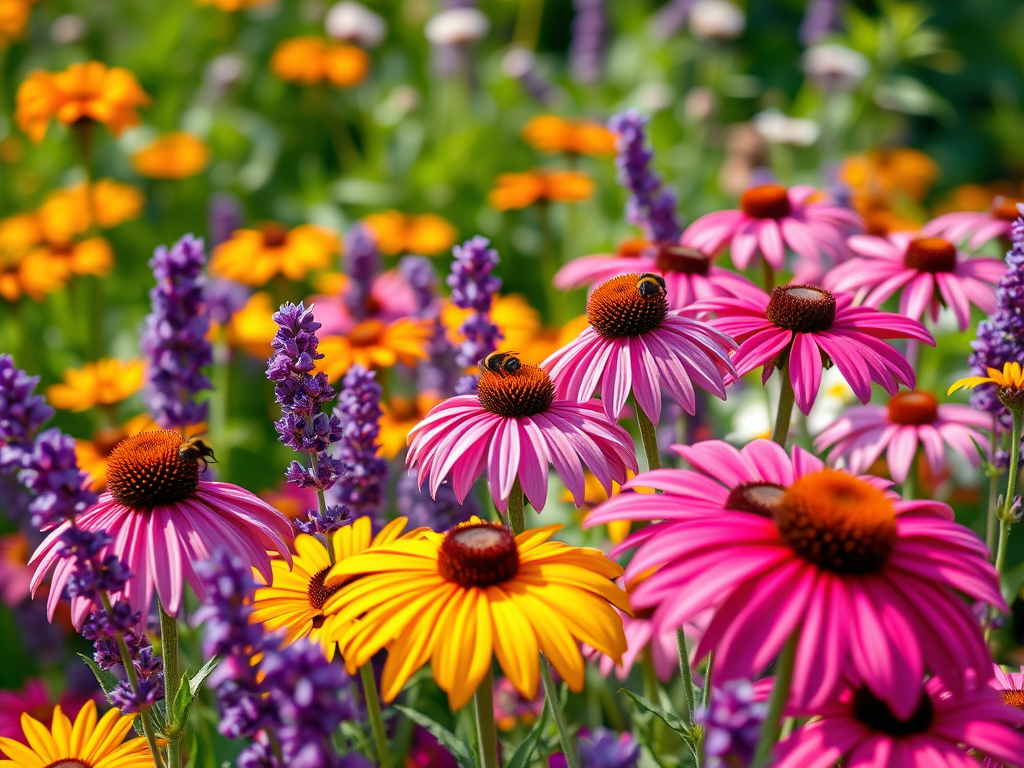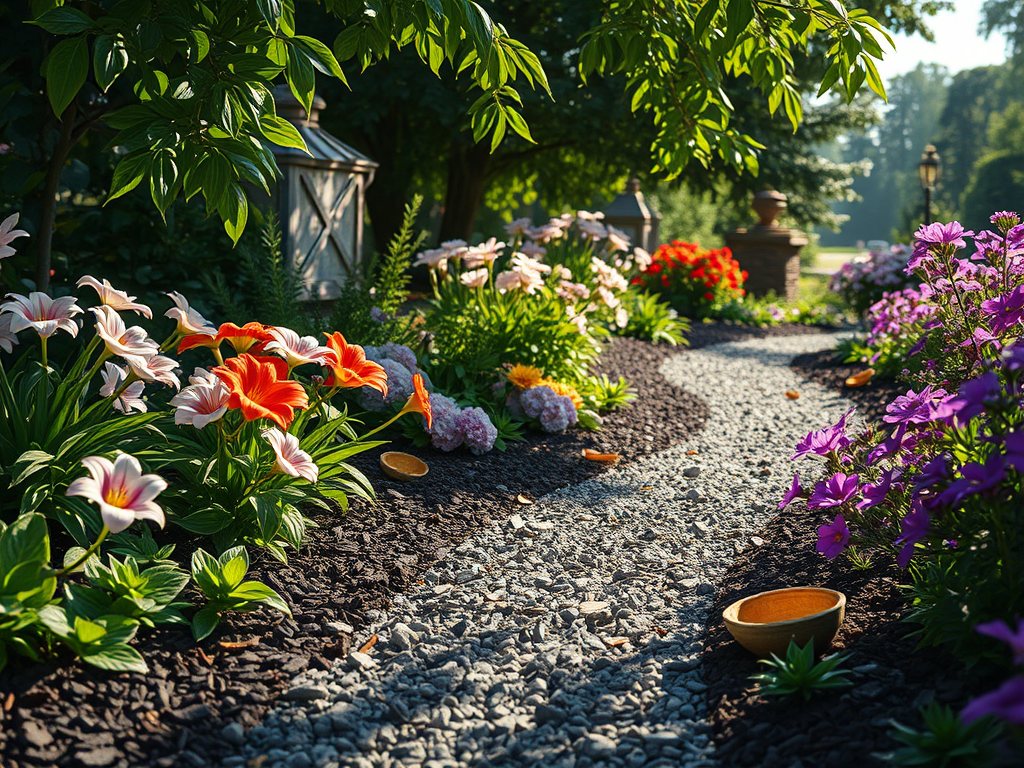Property maintenance is an ongoing task, and one of the best ways to ensure the health of your yard and home’s exterior is by staying ahead of seasonal changes. As each season brings its own set of challenges, a little planning and preparation can save you time, money, and hassle in the long run.
Spring: Preparation and Clean-Up
Spring is the time to prepare your lawn, garden, and home for the warmer months ahead. You can begin by removing debris like fallen branches, leaves, and other winter remnants. Checking your gutters and downspouts to make sure they’re clear of leaves and dirt from the fall, hiring in a window cleaner, and even potentially pressure-washing your house, walkways, driveway, and roof may be things you’ll want to consider.
Spring is also a great time to inspect your lawn for any areas that need reseeding, topdressing, dethatching, or aeration; and it’s an excellent opportunity to trim back any dead branches from trees or shrubs and take care of any pruning and trimming necessary before your landscape begins to leaf out and grow again for the new season.
Fertilizing your lawn and planting new flowers or shrubs, taking time to clean your outdoor furniture, refreshing your mulch, and inspecting your irrigation system for leak, blockages, and proper coverage are all essential spring tasks if you’re wanting to get your yard off to a solid start..
Summer: Keeping Things Healthy and Pest-Free
Summer is a time of growth, but it also brings with it the challenges of heat and landscape pests.
Regularly mow your lawn, ensuring it stays at the correct height for your grass type. This will keep it healthy and prevent pesky weeds from taking over–the healthier your grass is, the more it will out-compete any weeds that try to establish themselves.
Water your plants and lawn deeply and less frequently, preferably in the early morning to reduce evaporation.
Check for pests, such as ants, caterpillars, grubs, some types of beetles, mosquitoes, rats, mice, or unwanted spiders (many are beneficial, so knowing what’s what is really important!), and treat them as necessary/if needed.
For your home’s exterior, ensure that the paint or siding is intact and check your windows for signs of leaks or wear. It’s also a great time to check on the health of your shingles, to see if moss or moisture is causing any issues.
Fall: Clean-Up and Winterization
As the weather cools and leaves begin to fall, fall maintenance is critical to prepare your property for winter. Rake up fallen leaves from your grass to avoid a build-up of mold and mildew on your lawn. There are varied schools of thought (and personal preference) regarding cleaning up leaves from flower beds in the fall–it can be very beneficial to leave at least some of the leaves for the beneficial insects to overwinter in, as well as to break down into compost and nutrients for your plants over the winter. Retaining some leaf cover can also be beneficial in keeping your soil from drying out or being too exposed over the cold winter months, as the leaves will retain moisture and help prevent wind erosion.
It’s also a good idea to fertilize your lawn again, as fall is an excellent time for grass to establish strong roots before the cold sets in Make sure you use a fertilizer that’s low in nitrogen, as you’re not trying to encourage green growth–instead, you want something higher in potassium and phosphorus, to encourage the overall health and the stability/strength of the roots.
Trim your trees and shrubs to prevent any damage from heavy snow or ice later in the winter season.
Clean your gutters, removing debris that can clog drains during rainstorms. Finally, cover or store garden furniture, and make sure your outdoor equipment, like lawnmowers, is properly serviced and ready for storage.
Winter: Protecting Your Property
Winter can be harsh, so it’s often important to take steps to protect your home and garden from the cold. If you live in a particularly cold area, consider taking extra steps to insulate your pipes (particularly those that run through the wall to the outside, such as your irrigation line or line for any outdoor taps) to prevent freezing, and check your heating system to ensure it is in working order.
Winterize your irrigation system before the first major frost by draining it of water and blowing compressed air through to clear the lines. It can also be beneficial to cover any exposed hoses or taps which may freeze simply from the cold exposure.
For your lawn, avoid heavy foot traffic on frozen grass to prevent damage.
If you live in an area with heavy snow, regularly clear your driveway, pathways, and roof to prevent ice buildup and potential leaks. Use salt or sand to prevent slipping, but take care not to harm the surrounding plants or lawn.
Conclusion
Seasonal property maintenance may seem like a lot of work, but by breaking it down and staying ahead of each season’s tasks, you can ensure that your home and yard stay in top shape all year long. Landscape and Property Maintenance professionals can also make the load a whole lot lighter–they’re always worth a call when things are overwhelming or even when you just want to buy back some of your time.
Whether it’s cleaning up debris in the spring, protecting your plants in the winter, or keeping up with regular lawn care in the summer, maintaining your property season by season will save you time and money in the long run.




